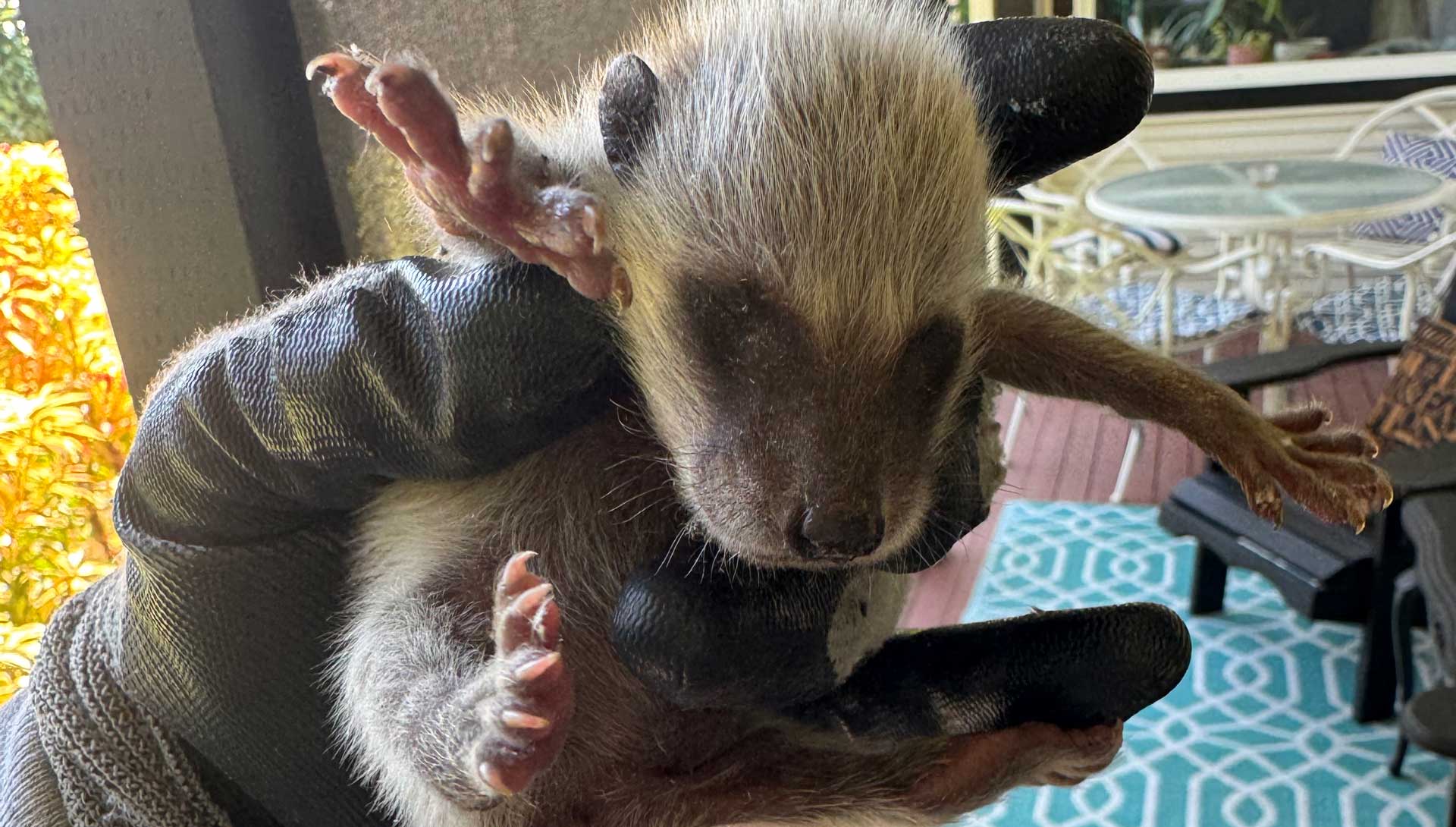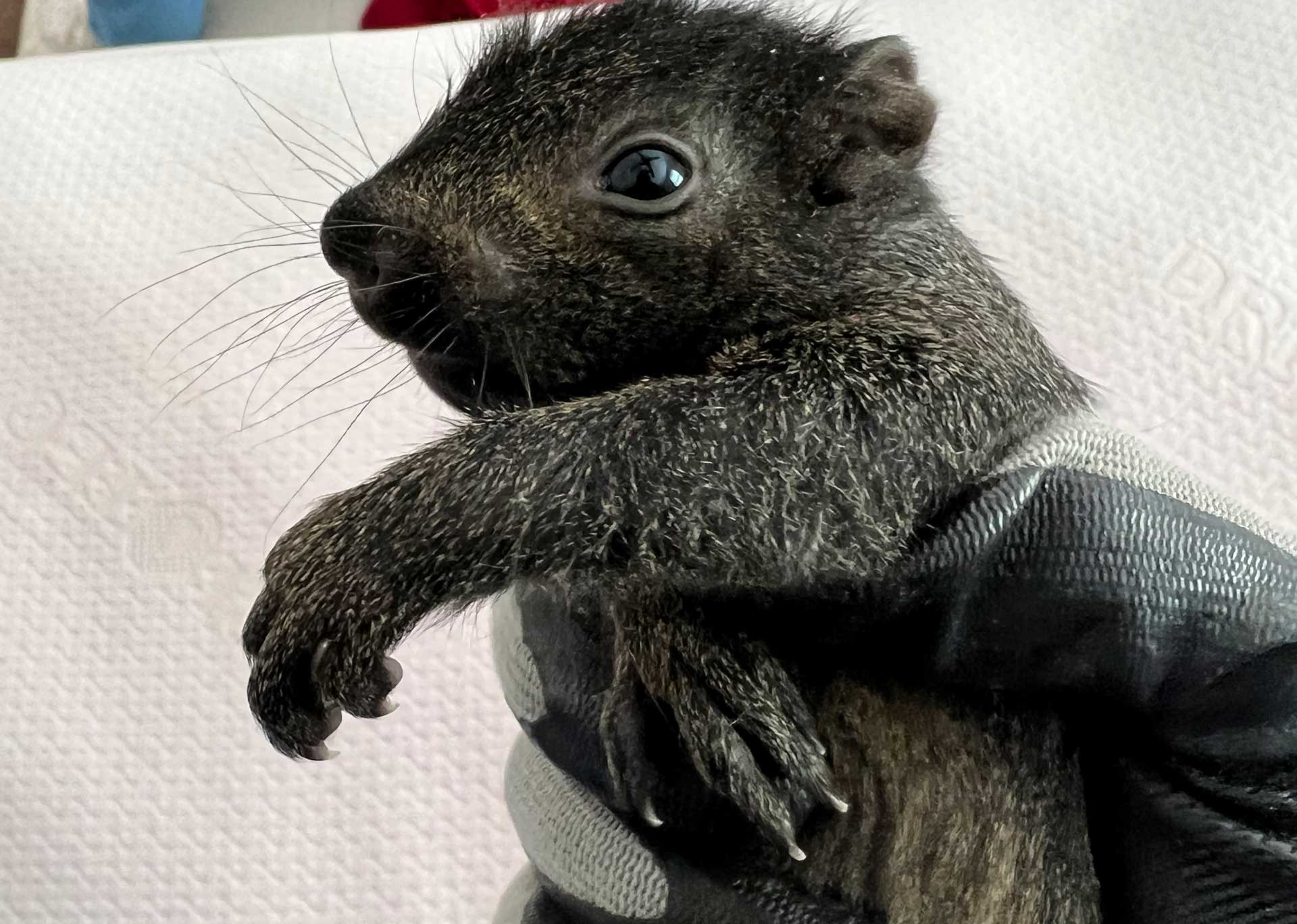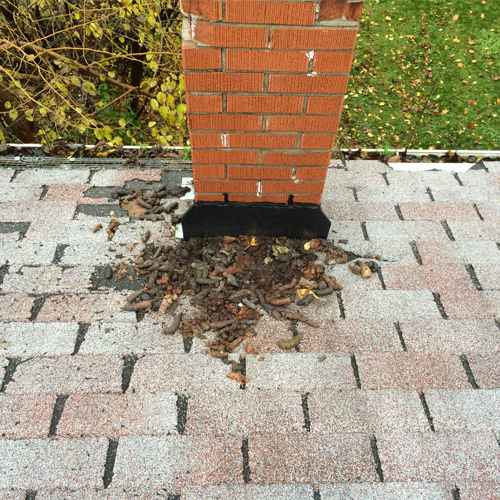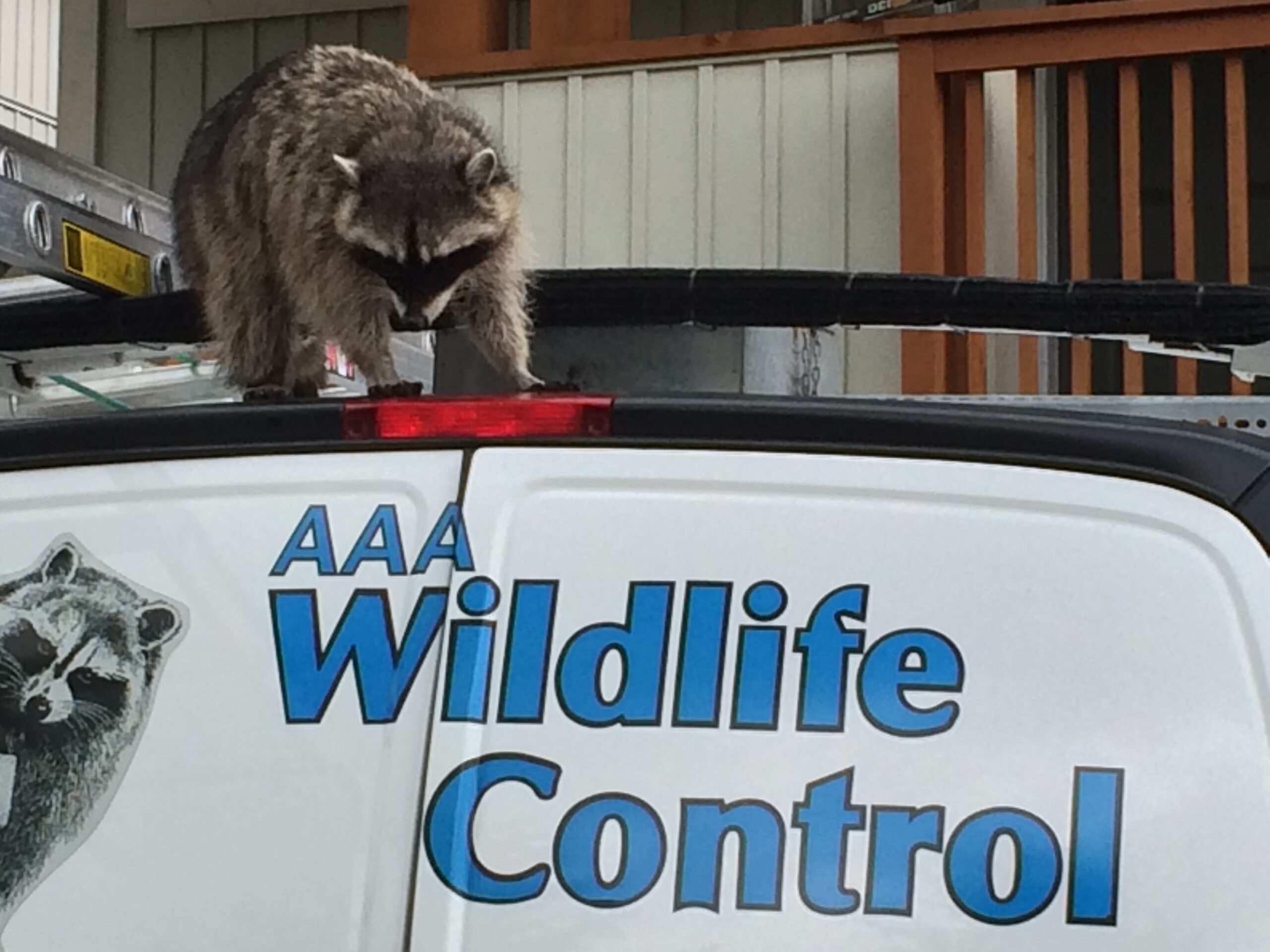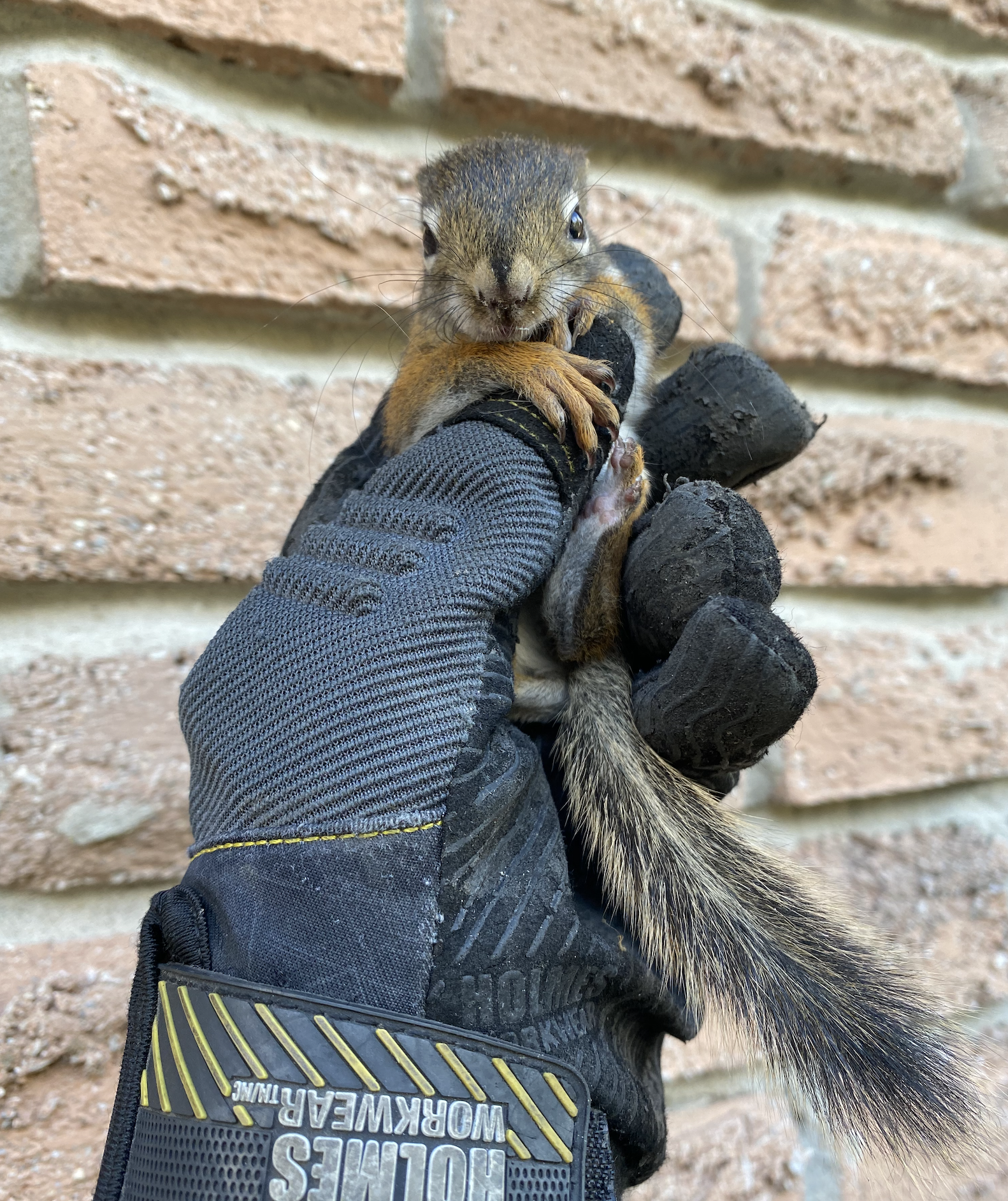
Skunk Infestation? Why They’re Nesting on Your Property and How to Remove Them Safely
Springtime in B.C. means flowers, longer days—and sometimes, uninvited furry guests. If your yard suddenly smells like burnt rubber and garlic, congratulations—you may have a skunk tenant. Skunks showing up in backyards and taking up residence isn’t unusual in Vancouver and the Lower Mainland. If you suspect one has picked


